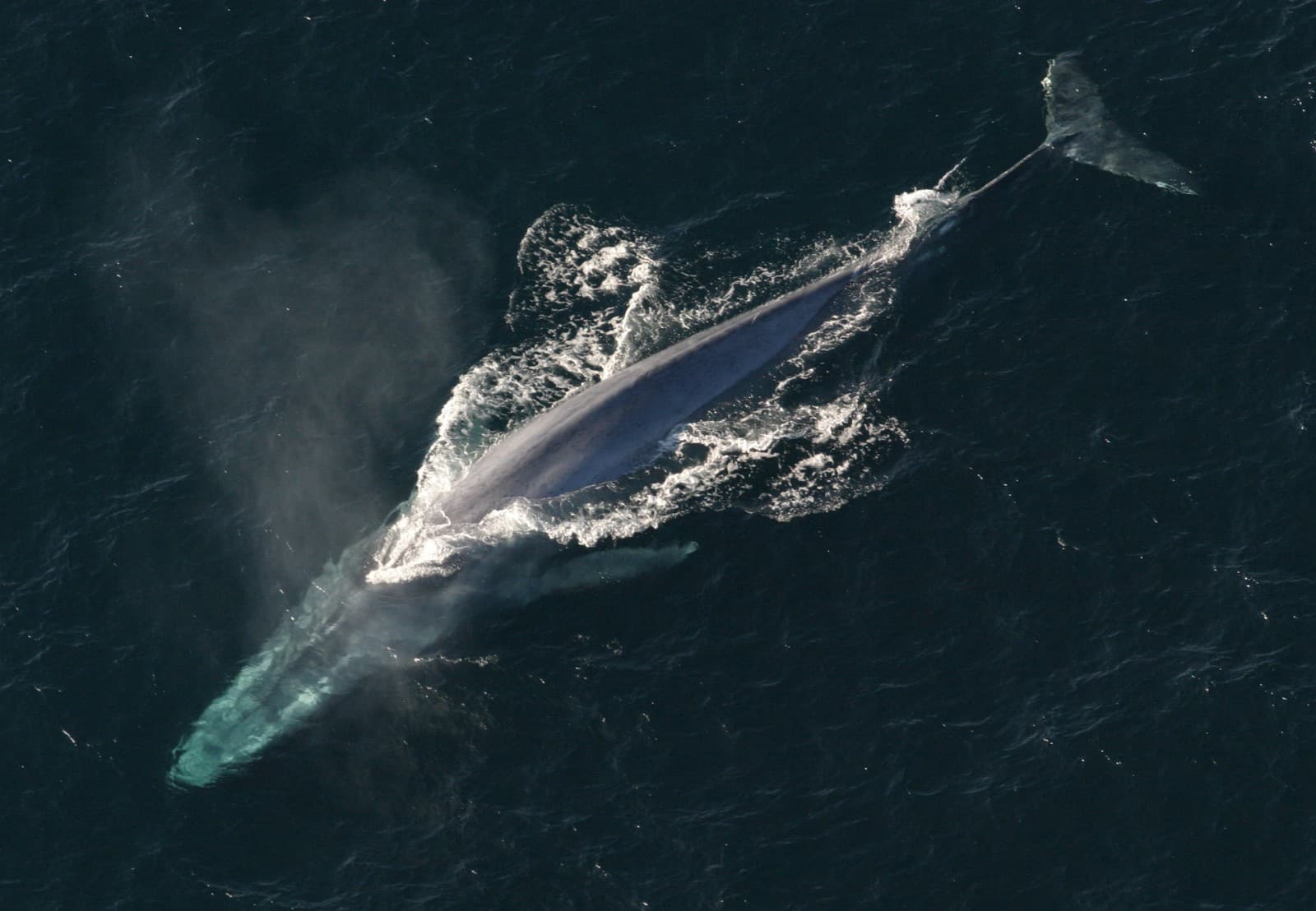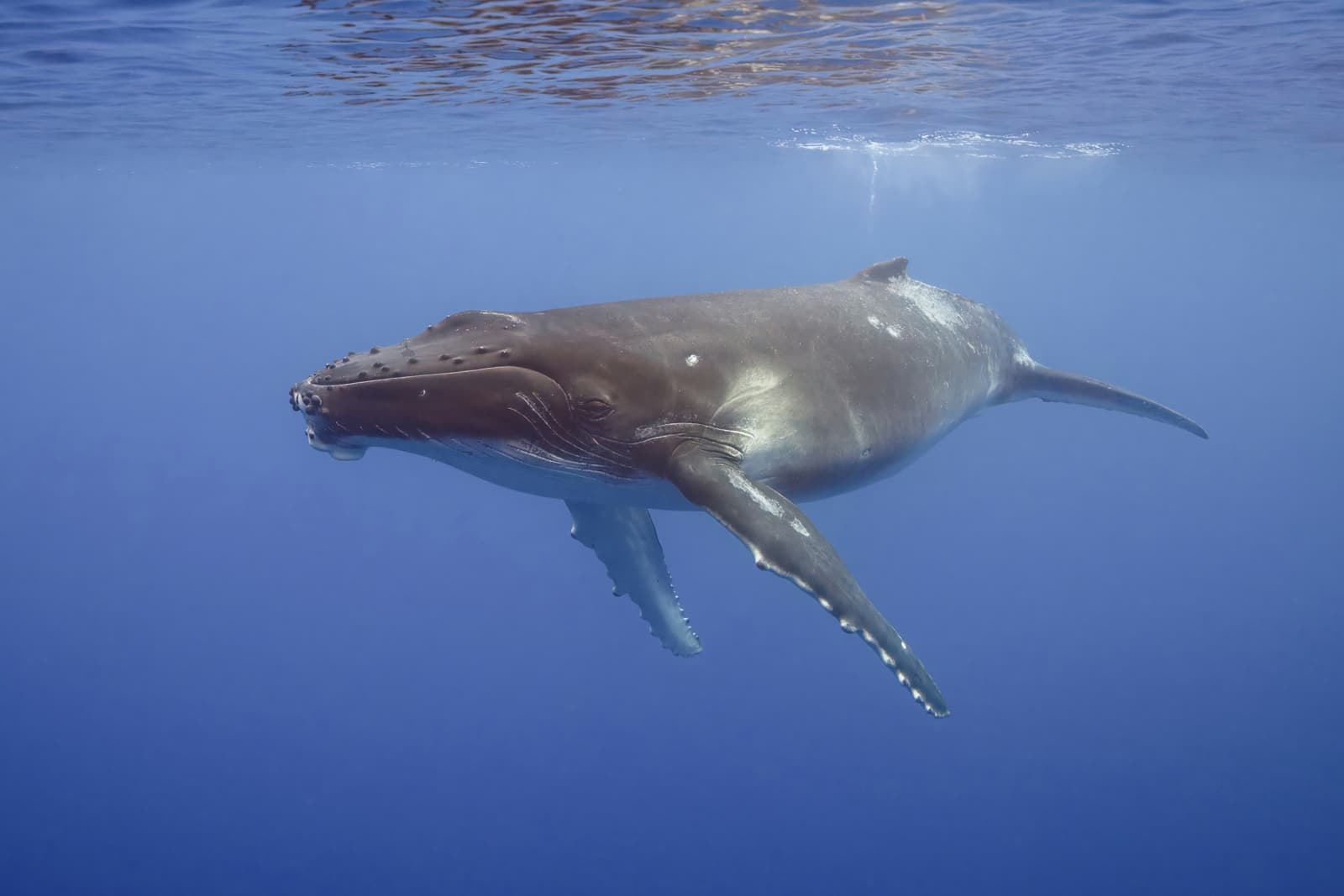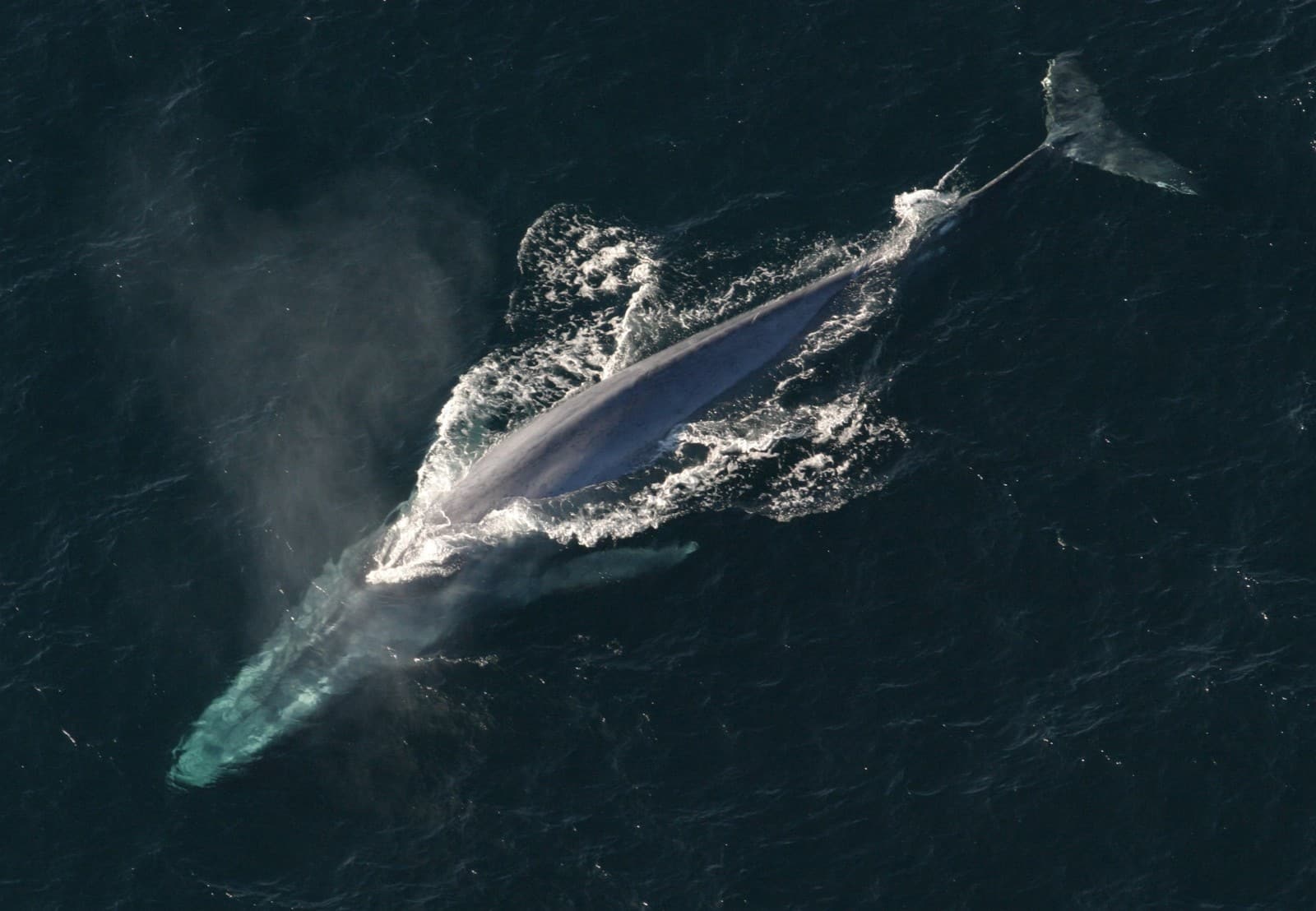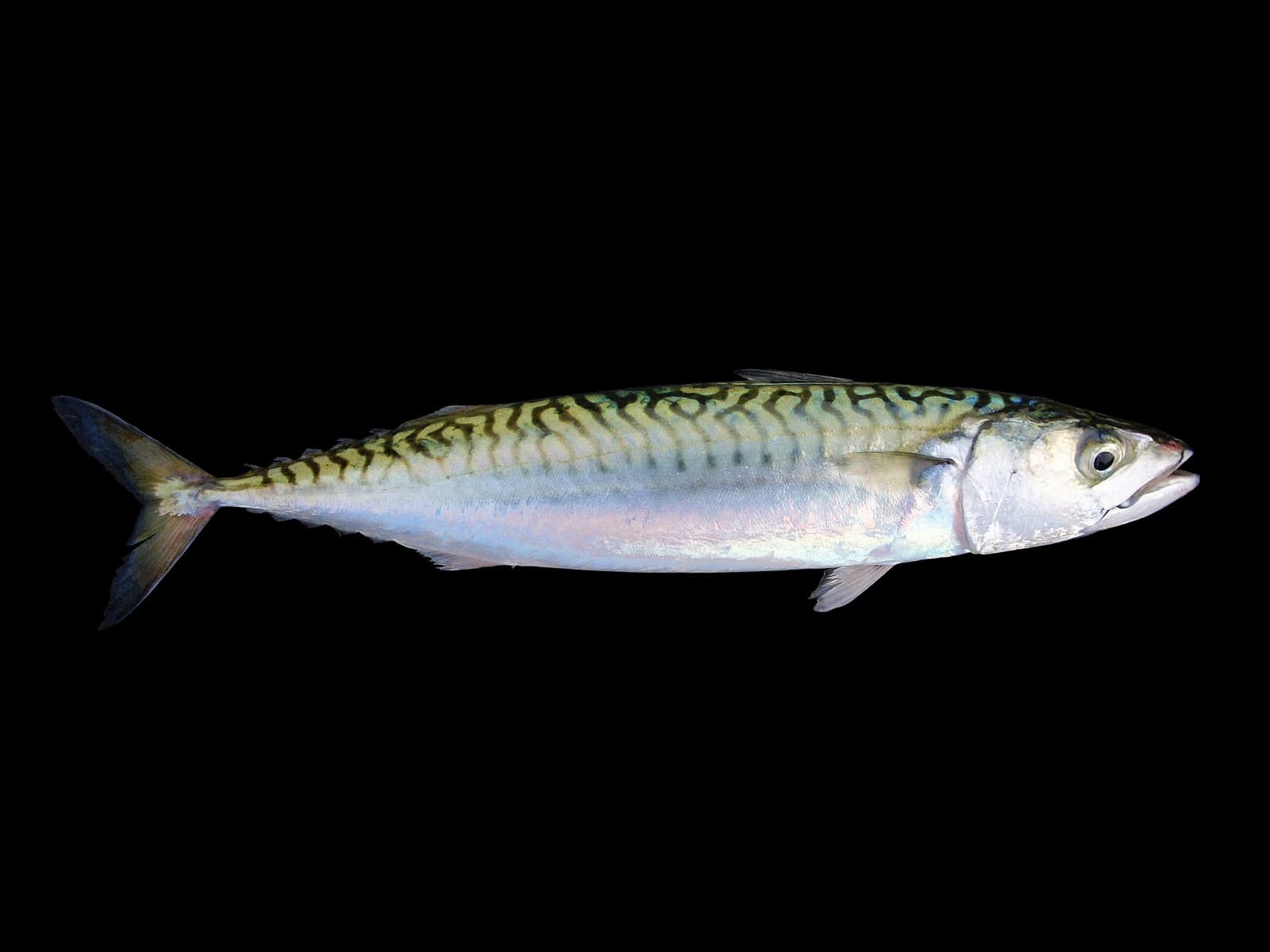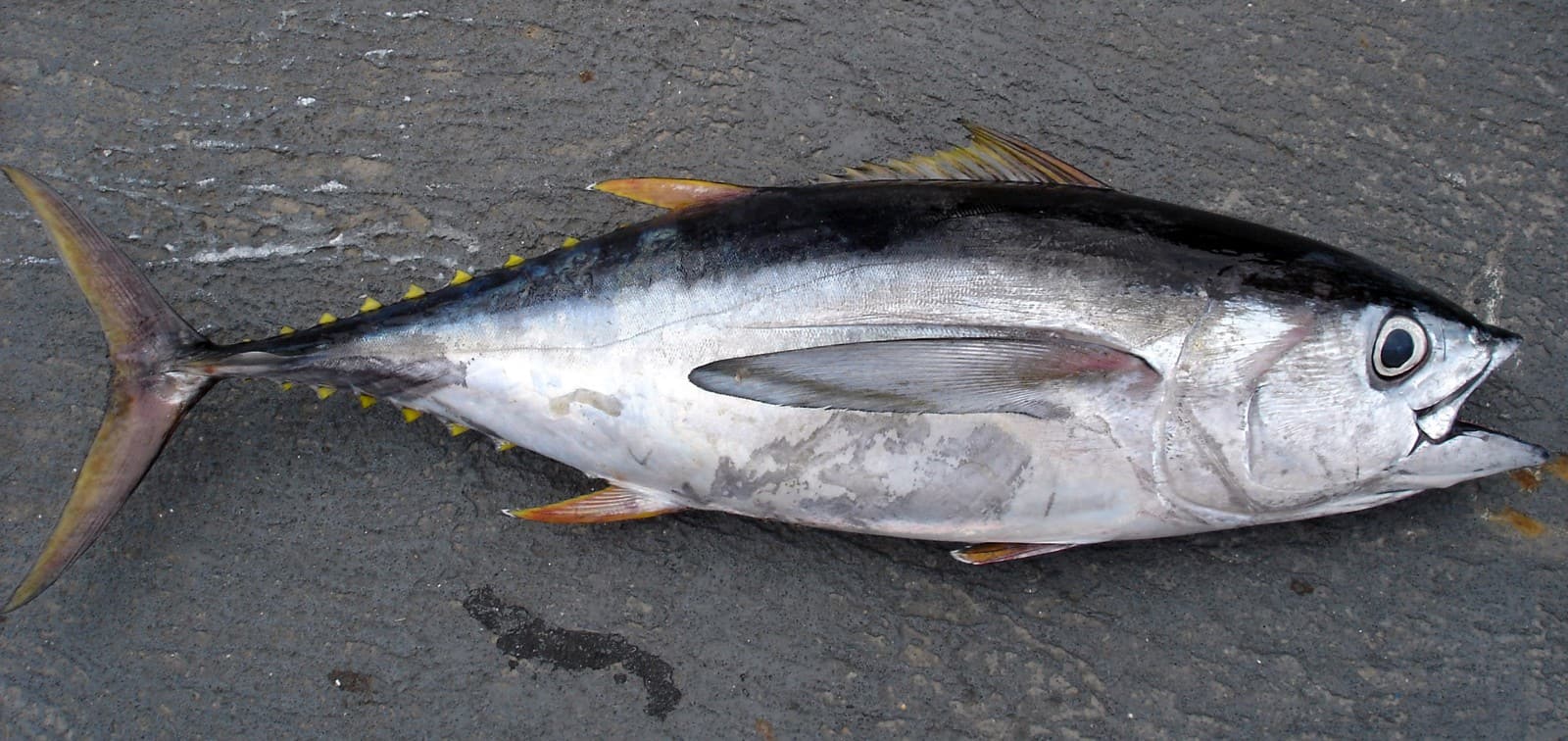Sperm Whale vs Blue Whale: A Complete Comparison
In the realm of ocean giants, the Sperm Whale vs Blue Whale comparison reveals fascinating contrasts between Earth’s largest toothed predator and its biggest-ever creature. While Blue Whales reign supreme in size, reaching lengths of 100 feet (30.5 meters), Sperm Whales dominate the deep with their extraordinary diving capabilities and powerful hunting abilities.
These marine mammals showcase evolution’s remarkable diversity, with each species perfectly adapted to its ecological niche. The Blue Whale filters tiny krill through massive baleen plates, while the Sperm Whale pursues giant squid in the ocean’s darkest depths, diving up to 7,382 feet (2,250 meters) below the surface.
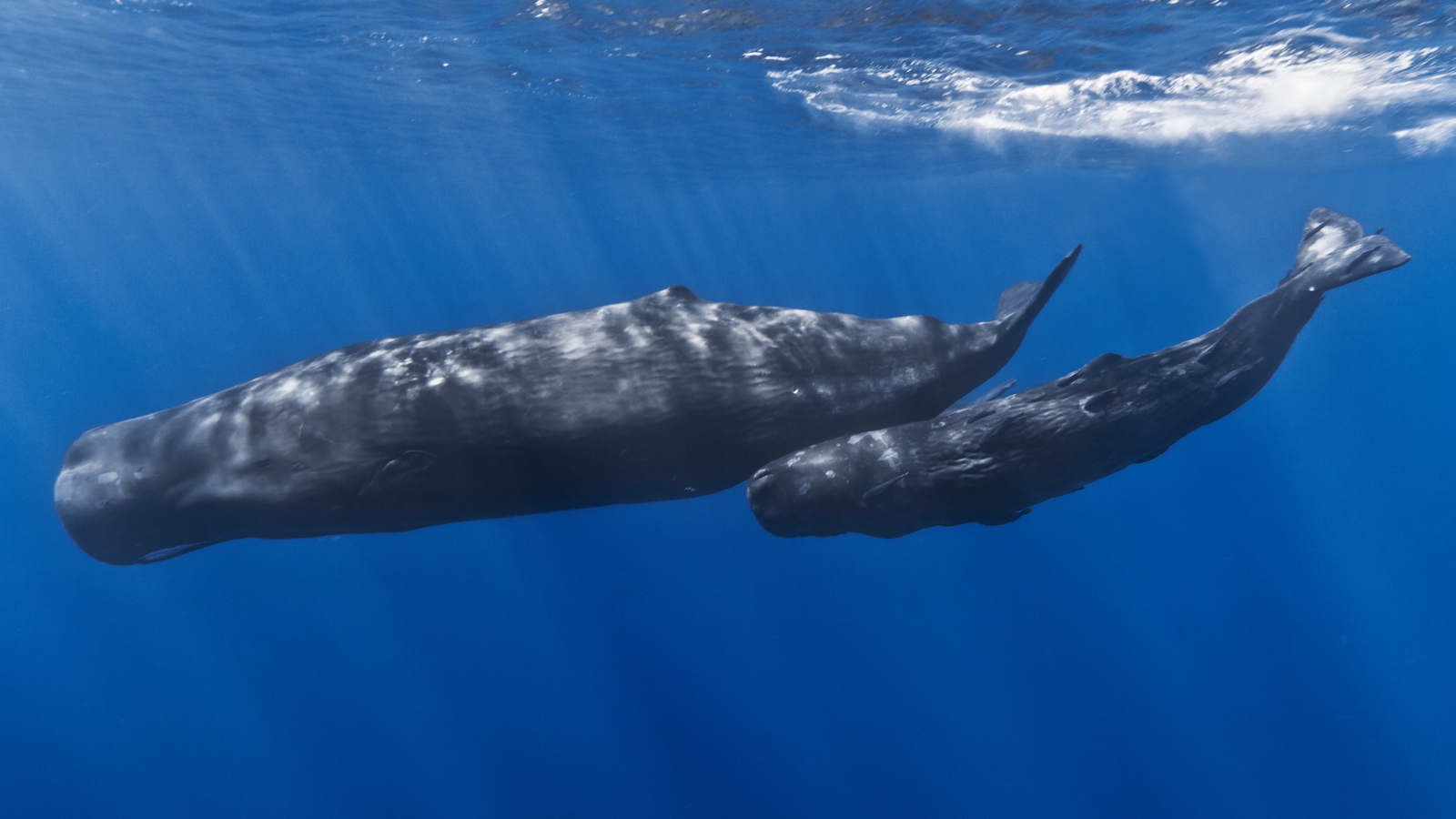
© Gabriel Barathieu / CC BY-SA 2.0
Sperm Whales showcase their distinctive block-shaped heads, which house the largest brain of any animal on Earth. These remarkable creatures can dive deeper than any other marine mammal, using their sophisticated echolocation to hunt in complete darkness.
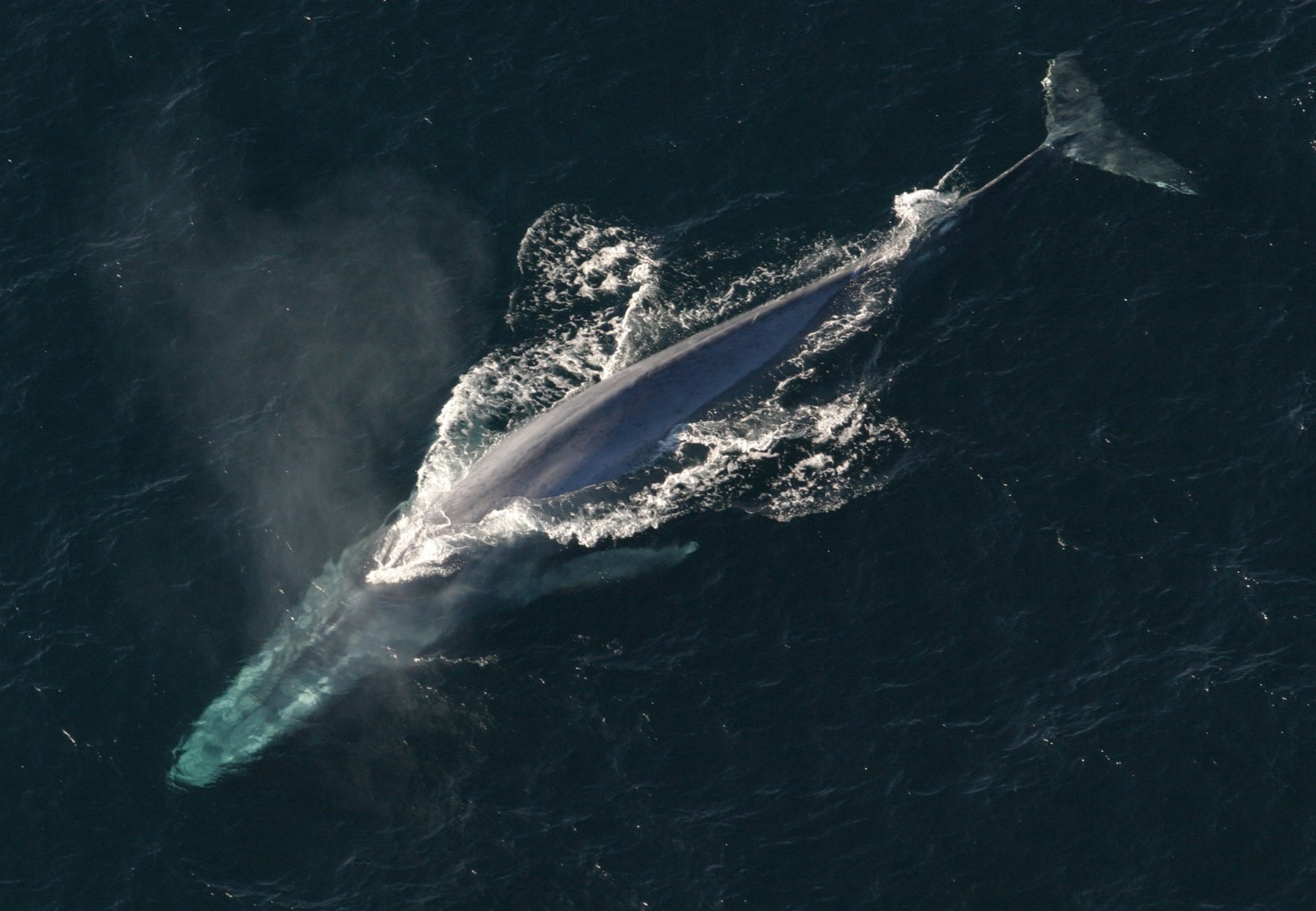
The majestic Blue Whale demonstrates its unparalleled size, with a streamlined body evolved for efficient filter feeding. These gentle giants can consume up to 6 tons of krill daily, powering their massive bodies through the world’s oceans.
Key Differences: Sperm Whale vs Blue Whale
| Feature | Sperm Whale | Blue Whale |
|---|---|---|
| Size | 49-59 feet (15-18 meters) | 82-100 feet (25-30.5 meters) |
| Weight | Up to 45 tons | Up to 200 tons |
| Diet | Giant squid, fish | Krill, small fish |
| Diving Depth | Up to 7,382 feet (2,250 meters) | Up to 1,640 feet (500 meters) |
| Social Structure | Matriarchal pods | Usually solitary or pairs |
| Lifespan | 70-90 years | 80-90 years |
Hunting and Feeding Behavior
The hunting strategies of these ocean giants couldn’t be more different. Sperm Whales are active predators, using powerful echolocation clicks to locate prey in the darkness of the deep ocean. Their massive heads contain the spermaceti organ, crucial for deep-diving capabilities and sound production.
Blue Whales, conversely, are filter feeders that strain enormous quantities of krill through their baleen plates. During peak feeding seasons, a single Blue Whale can consume up to 6 tons of krill daily, equivalent to the weight of an adult male elephant.
Deep Diving Capabilities
Sperm Whales are the undisputed champions of deep diving among cetaceans. Their specialized physiology allows them to:
- Hold breath for up to 90 minutes
- Dive to extreme depths exceeding 7,000 feet
- Regulate blood flow to conserve oxygen
- Collapse their lungs to withstand intense pressure
Blue Whales typically dive to more modest depths of 330-660 feet (100-200 meters), though they can reach 1,640 feet (500 meters) when necessary. Their feeding strategy doesn’t require extreme deep-diving abilities.
Social Structure and Communication
These cetaceans exhibit markedly different social behaviors. Sperm Whales form complex matriarchal societies, with females and calves remaining in tight-knit pods throughout their lives. Males typically leave these groups upon reaching maturity, often living solitary lives or forming temporary bachelor groups.
Blue Whales are generally solitary or travel in pairs, though larger groups may gather in feeding areas. Their vocalizations can travel hundreds of miles underwater, producing the loudest sounds of any animal at up to 188 decibels.
Conservation Status and Threats
Both species face significant challenges in the modern ocean:
- Historical whaling drastically reduced populations
- Blue Whale numbers dropped to 0.15% of their original population
- Sperm Whales continue recovering from centuries of hunting
- Current threats include ship strikes and entanglement in fishing gear
- Climate change affects prey availability for both species
Who Would Win in a Confrontation?
While such encounters rarely occur naturally, comparing these giants reveals interesting insights. Sperm Whales possess powerful teeth and hunting abilities, but Blue Whales’ sheer size advantage (nearly four times heavier) makes them virtually impossible to threaten. Neither species naturally engages in aggressive behavior toward the other, as they occupy different ecological niches and rarely compete for resources.
Through millions of years of evolution, these magnificent creatures have become perfectly adapted to their respective roles in the ocean ecosystem, each spectacular in its own unique way.
